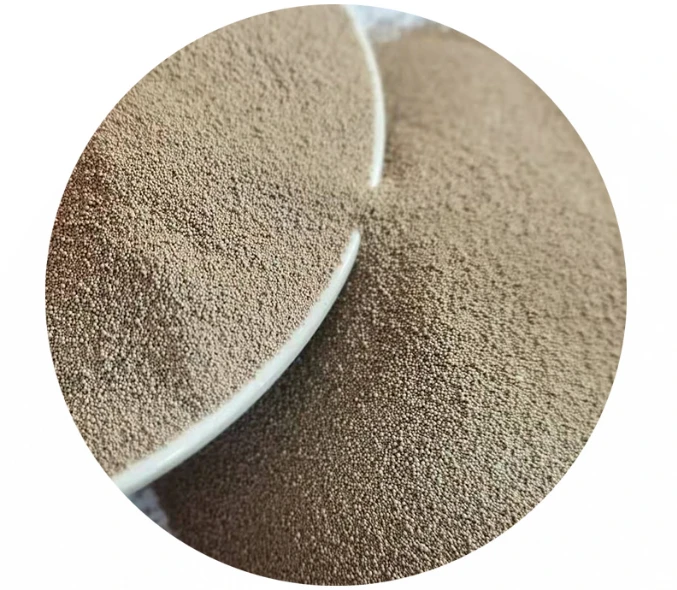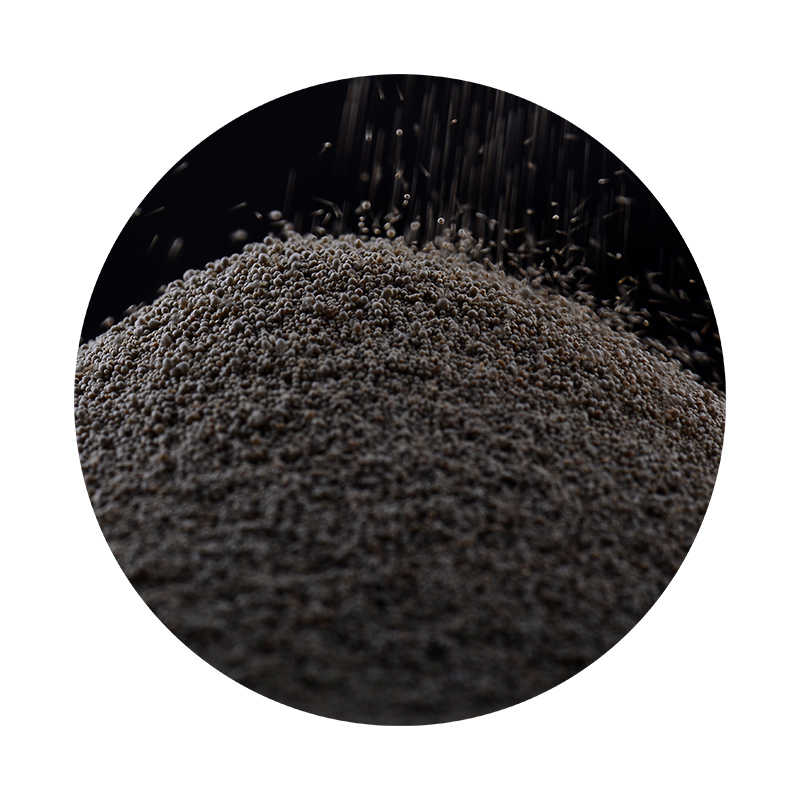

While some may consider using electric sanders, these are typically discouraged for ceramic materials unless you are highly experienced. The manual approach allows better control and minimizes the risk of removing too much material too quickly, which is an essential factor in maintaining the ceramic's structural integrity. In addition, the care of your tools is critical. Regularly clean your sandpaper, removing ceramic dust with a damp cloth, to extend its life and effectiveness. Investing in quality sandpaper and tools ensures their longevity and reliability, aligning perfectly with the trust and authority that one must establish while undertaking such tasks. For those new to the process, it can be beneficial to practice on a spare piece of ceramic before working on the final product. This hands-on experience will build confidence and refine the specific techniques that work best for your particular project. Gathering insights from industry veterans can further enhance your understanding and skillset. Utilize forums, workshops, or courses to expand on foundational knowledge, enabling you to tackle even the most complex ceramic sanding projects with ease and proficiency. This commitment to learning and adapting new techniques showcases true expertise and reliability, key elements in establishing a strong presence in any field. In conclusion, the art of sanding ceramic lies in its delicate balance of precision, patience, and technique. Through the acquisition of appropriate tools and the implementation of proven methods, anyone can transform a simple ceramic into a masterpiece, reflecting the elegance and meticulous craftsmanship that define the ceramic arts. Post time:ഫെബ്രു . 13, 2025 09:28
Next:sand ceramic fire brick
